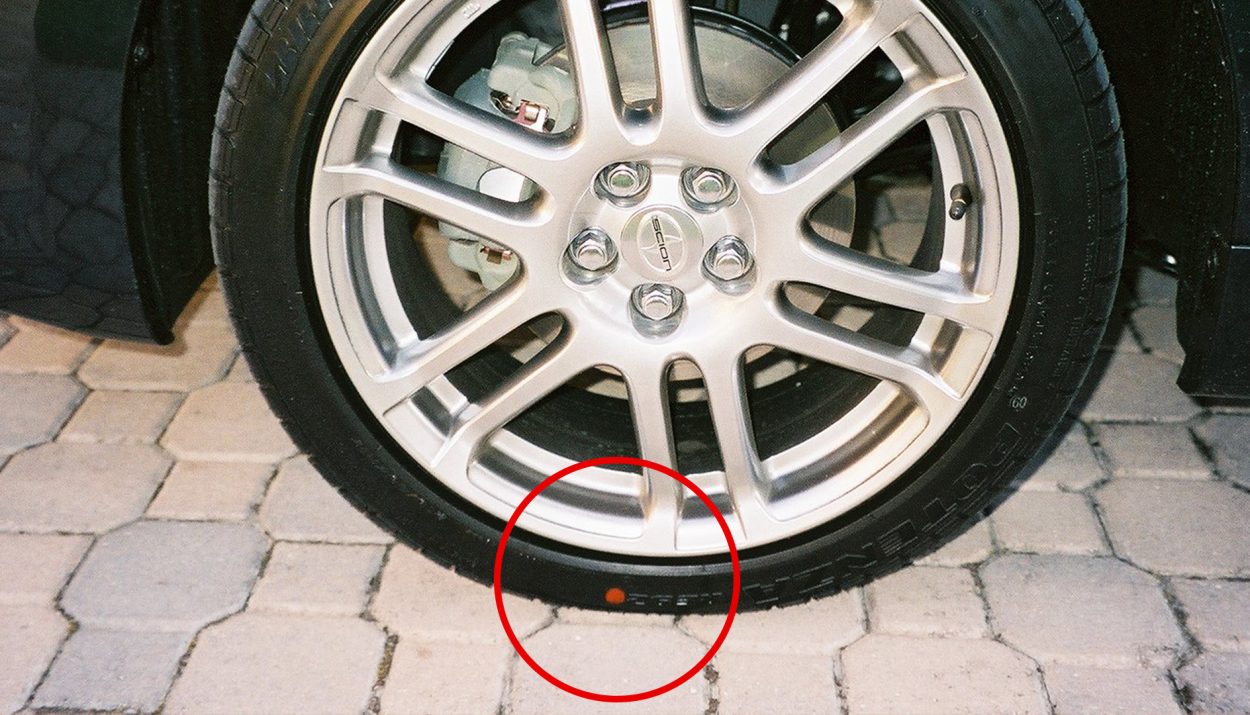When you’re buying tires on sale, you undoubtedly have run into the red and yellow dot markings on them. What you might not realize is that the dots are so that manufacturers can pinpoint which tires have irregularities on them. But what exactly do these dots tell you about your tire? Let’s take a closer look at what you can learn from those tire dots.
It’s Impossible To Make a Perfectly Balanced Tire
You have probably seen guys at a tire shop balancing a tire, sticking on lead to make it more balanced, and other stuff like that. Manufacturers might not want you to know this, but they can’t make a perfectly balanced tire even if they tried their hardest.
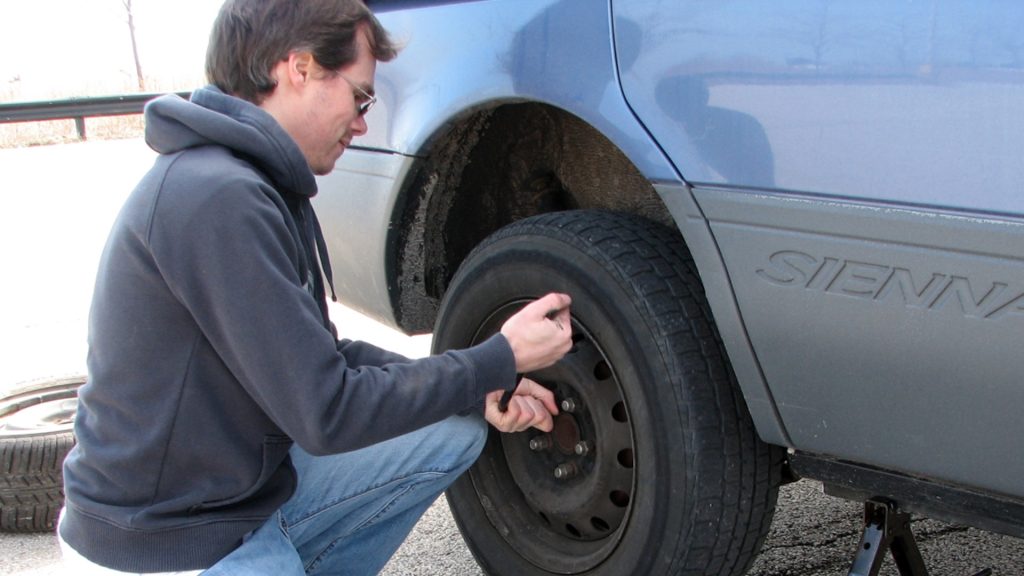
When service technicians see the paint dot on your tire, they immediately know how to properly balance it out. Properly balanced tires are necessary for safe and comfortable driving and ensuring that the tires wear evenly throughout their lifetime.
So, What Do The Yellow Dots Mean?
You’ll only find one yellow dot around the edge of a tire, and that’s by design. The yellow dot explains to the technician where the lightest point of the tire is. It should ideally be lined up next to the tire’s valve stem, which should be the heaviest point on the wheel.

Technicians will align the tire’s yellow dot with the valve stem when installing the wheel on the tire assembly (also known as the rim). This ensures it’s appropriately balanced (or as well-balanced as possible).
What About the Red Dots?
The red dots indicate to a technician where the flattest point of a tire is. While having a single red dot is most common, some may show two. These flat points should be positioned across from the wheel’s highest point.
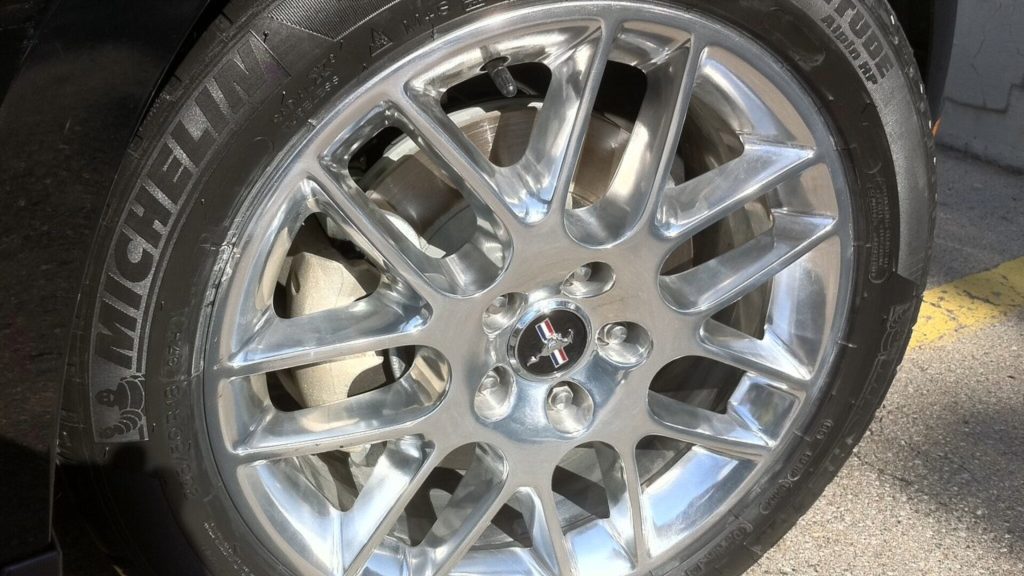
If you look at your tire assembly, the wheel’s highest point is indicated by a notch or a colored mark. When there’s both a yellow and a red dot on the tire, how does a technician balance the wheel? The red dot will always take precedence when balancing a wheel.
Balancing a Wheel is A Crucial Part of Maintenance
Have you ever driven your car and realized that the tires are pulling to one side at high speeds? That might be because they aren’t balanced. Balance helps to ensure that the wheels are correctly aligned, so at high speeds, there’s less chance of you losing control.
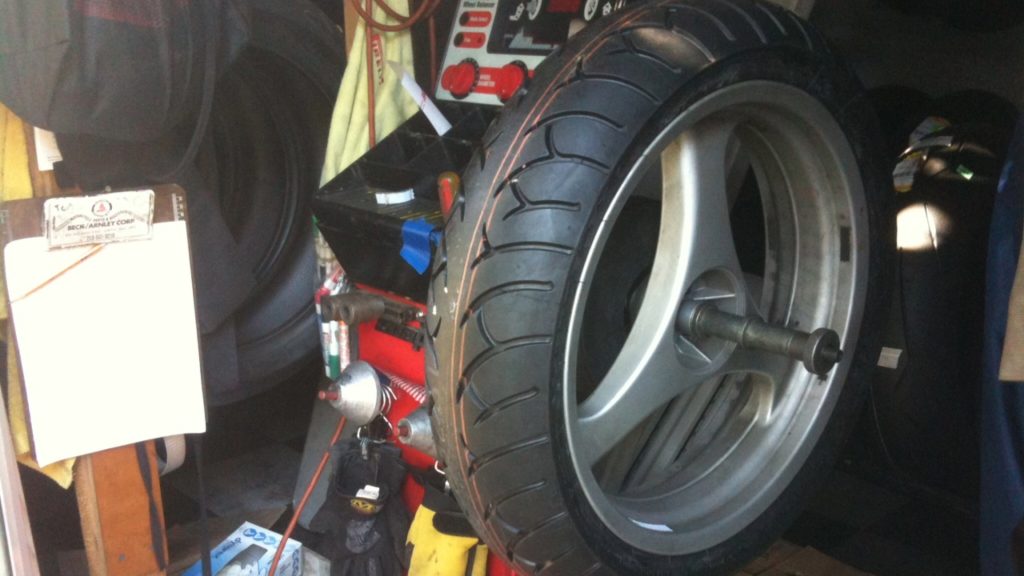
Not only are they unsafe, but unbalanced tires can increase vibration, make for an uncomfortable ride, and lead to bad fuel efficiency. Unbalanced wheels also impact braking effectiveness, making it even more unsafe to be driving at any speed with unbalanced tires.
Wheel Balancing and Its Importance to Car Maintenance
A lot of car owners aren’t sure why wheel balancing is such a big deal. Yet an unbalanced wheel can negatively impact driving and fuel economy, so it’s worth knowing how it works.
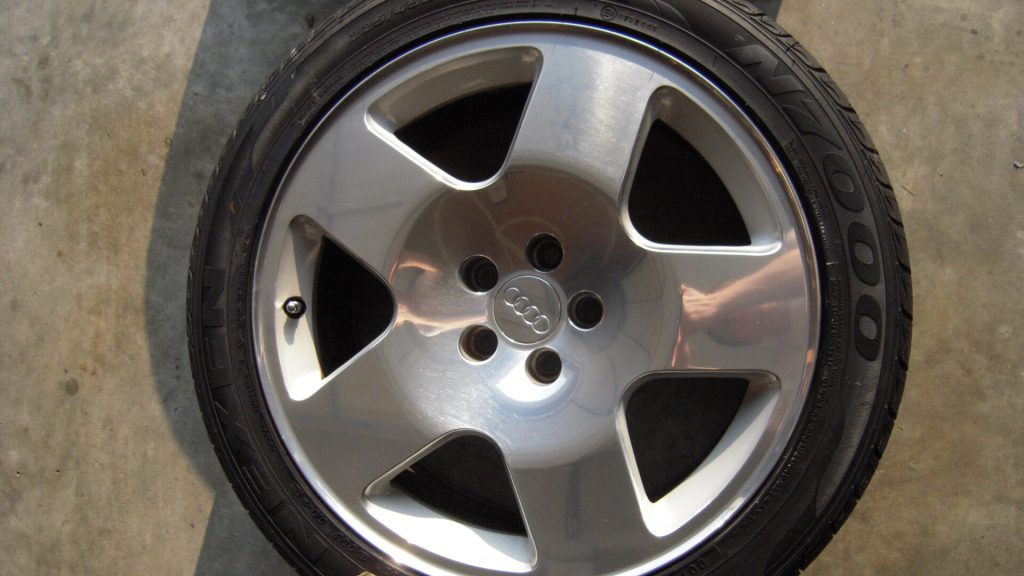
Poorly balanced tires can cause uneven tread wear and can even lead to bald spots in the tire. Over time, this wear and tear could lead to the tire losing its structure. At high speeds, this could shred the tire and lead to accidents. You should always balance your tires every time you change or rotate them.
How Tire Balancing Works
Tire shops do two types of balancing: match-balancing and dynamic balancing. Dynamic balancing uses lead weights added to the tire assembly to ensure that the tire doesn’t wobble when put on the car. This is a precision process that can take some time.

Match-balancing is a simple alignment balancing that sets the tire’s lowest point with the wheel’s highest point. It can usually be done quickly and offers a certain amount of stability. If your wheels lack markings, your tire installation professional may have to match-balance it by hand for you.
How Do You Know Your Tires Need Balancing?
A cursory inspection of your tires, maybe after a car wash, will tell you whether your tires are showing spots of wear. If you have a lot of wear on your tires, you may need to consider taking it in for balancing. However, aside from that, you can feel the need for balance as you drive.

If you hit a certain speed and feel the front or back of your car trembling as you drive, it’s a sign that you need to balance your tires. If your steering wheel is vibrating, the front wheels are to blame. If the back seat vibrates, it’s a sign that the back wheels are to blame.
Is There a Difference Between Tire Balancing and Wheel Alignment?
Most tire shops will do tire balancing along with wheel alignment, but these are actually two distinctly different things. Tire balancing deals with the rotation and vibration that come from individual tires. However, alignment takes the car’s movement into account as a whole.

Wheel alignment looks at your car’s suspension, adjusting it to ensure that the front and back wheels are aligned. This allows your car to be easier to handle and keeps your car from pulling too much to one side while you’re driving.
You Won’t Find the Dots on Used Tires
While this might be obvious, many people might say they haven’t seen a dot on their tires. If you’re buying an older or a used tire, you won’t find a dot because it disappears with wear and tear.

So what happens when you buy a tire that doesn’t have a dot on it? Usually, that means the tire technician needs to do a dynamic balancing with a machine to determine where lead weights should go. These weights help to offset imbalances for a smoother ride.
Balancing Tires Shouldn’t Be Overlooked
Ideally, you should balance your tires every so often. It’s a crucial part of vehicle maintenance that you shouldn’t overlook if you want to extend your tires to their maximum lifespan. Even if the warning signs don’t trigger, you should still balance your tires regularly.

Ideally, aligning your tires every three to six months (based on vehicle use) is a good idea. If you change your oil often, take your car for realignment and tire balancing after each oil change. It’s worth it to be safe and comfortable in your driving experience, and your car will love you for it.

